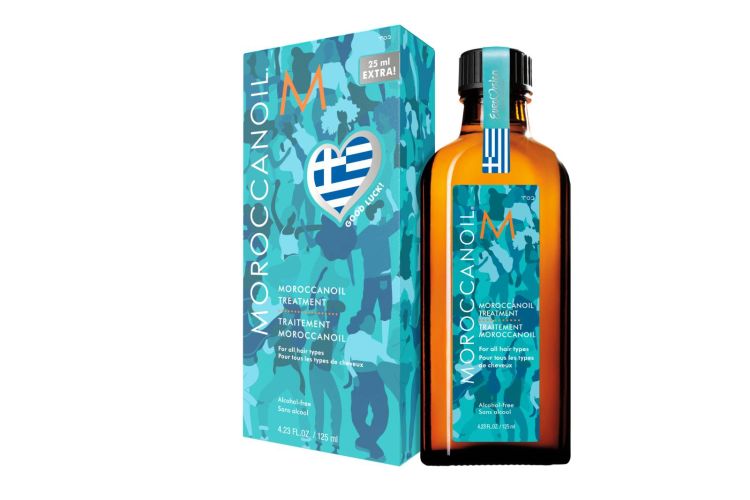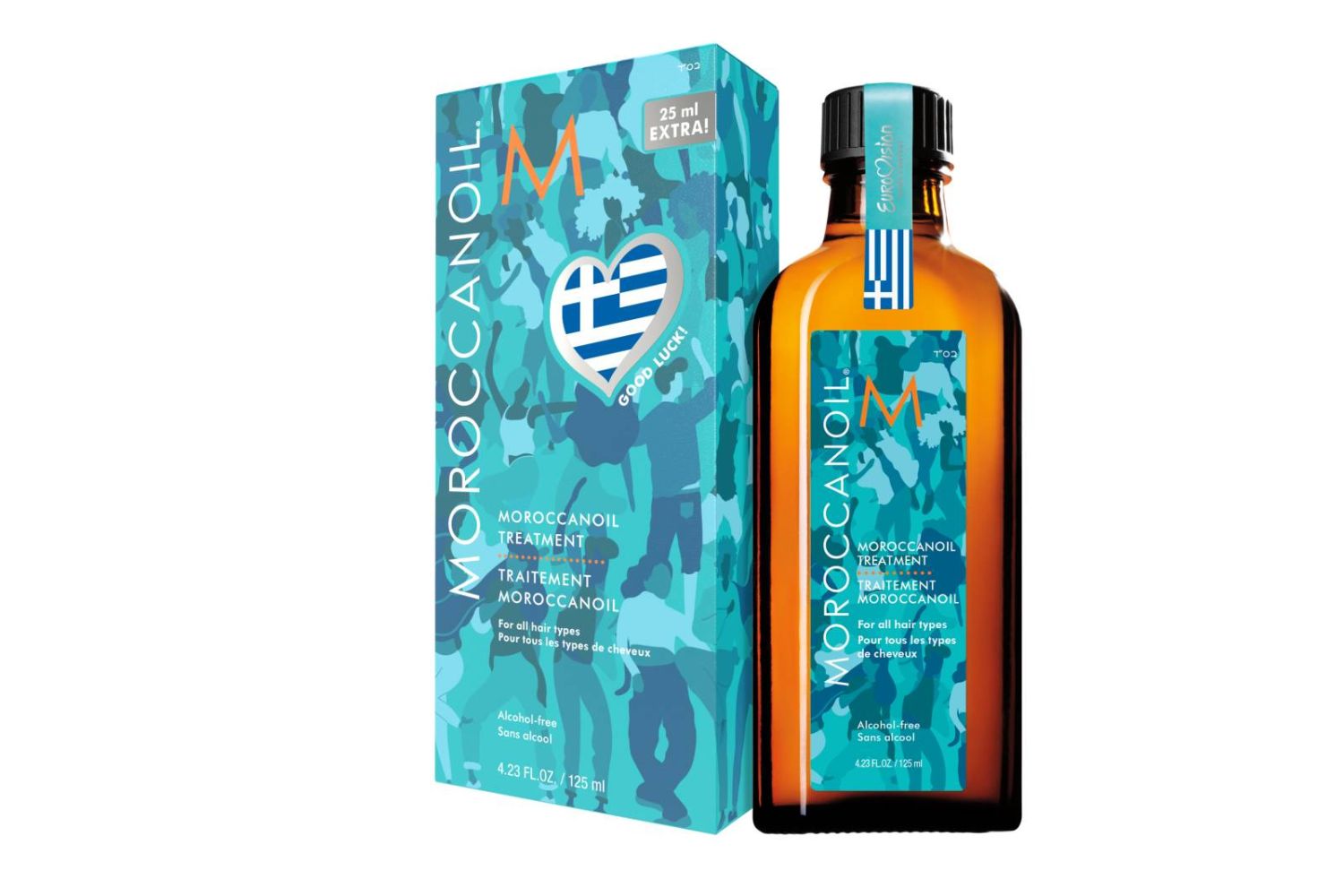Content
There are many misconceptions about alcoholism that make it sound like an alcoholic is an easy person to spot, however, many alcoholics function effectively and lead relatively normal lives. Stigma and shame became less powerful [in sober living], and the group looked out for each other. From intake, a resident focuses on the basics of living in sobriety with isolation from triggers.
It is considered part of the early recovery stages and precedes an individual’s steps into full sobriety. Residents in support groups get guidance from all types of individuals in recovery. If a resident regresses or relapses, they may be required to step back into restrictions.
Struggling With Porn Addiction?
Their perceptions of the strengths and weaknesses of SLHs in their communities should provide data that can be used to modify houses to improve acceptance and expand to serve more drug and alcohol dependent persons. We hypothesize that barriers to expansion of SLHs might vary by stakeholder groups. Drug and alcohol administrators and operators of houses might therefore need different strategies to address the concerns of different stakeholders. Outpatient programs in low income urban areas might find the Options Recovery Services model of SLHs helpful. Relative to the other housing programs, this model was inexpensive and the houses were conveniently located near the outpatient facility.
- Once you’re finished a clinical treatment program, it can be hard for many people to move right back into life, with all its responsibilities and potential triggers.
- It’s easy to confuse sober living houses with rehab centers or halfway houses, but there are some stark differences among them.
- Because of the wide range of people that suffer from substance abuse, the best addiction treatment facilities provide a wide range of treatment options that accommodate individuals from all walks of life.
Commitment to a community and the willingness to learn from others are key features of a successful sober living program in Columbus, Ohio. Candidates should have a goal of sustainable sobriety and commit to being a positive influence within the home. Addiction treatment can set you on the pathway to sobriety, but a sober house can keep you on that road. A sober house can be the transition you need between starting over and staying sober. In summary, sober living support addiction recovery in transition to independence.
Peer Support Group Involvement
With some exceptions, sober living homes usually aren’t eligible for insurance coverage because they’re not considered a treatment facility by the government. This is because sober living homes don’t offer treatment as rehab facilities do. While this seems like a disadvantage, paying How to Choose a Sober House: Tips to Focus on rent can help a resident continue responsible financial habits. The average stay in a sober living home is 90 days, but arrangements can be made for a longer stay. In a sober living environment, professionals are available to help you navigate major changes in your new life.

All residents, regardless of phase, are required to be active in 12-step recovery programs, abide by basic house rules, and abstain from alcohol and drugs. A “Resident Congress” consisting of current residents and alumni helps enforce house https://goodmenproject.com/everyday-life-2/top-5-tips-to-consider-when-choosing-a-sober-house-for-living/ rules and provides input into the management of the houses. Although the owner/operator of the houses is ultimately responsible, she/he defers to the Residents Congress as much as possible to maintain a peer oriented approach to recovery.




















